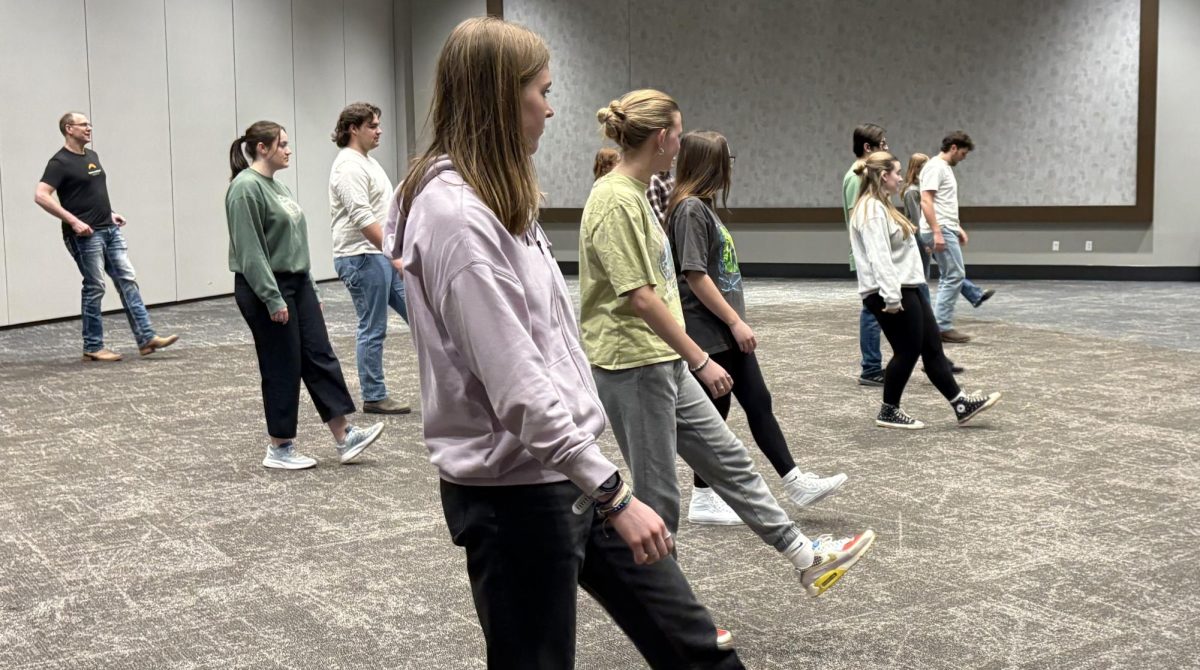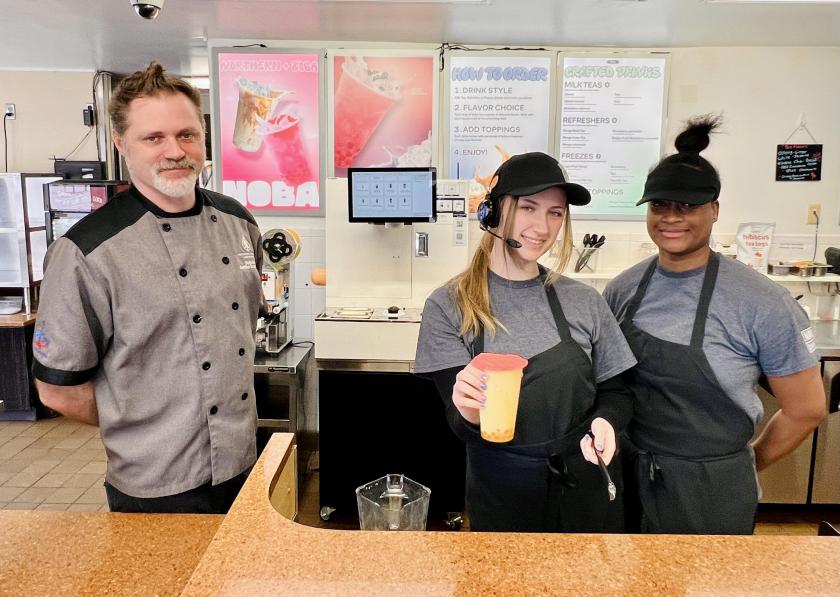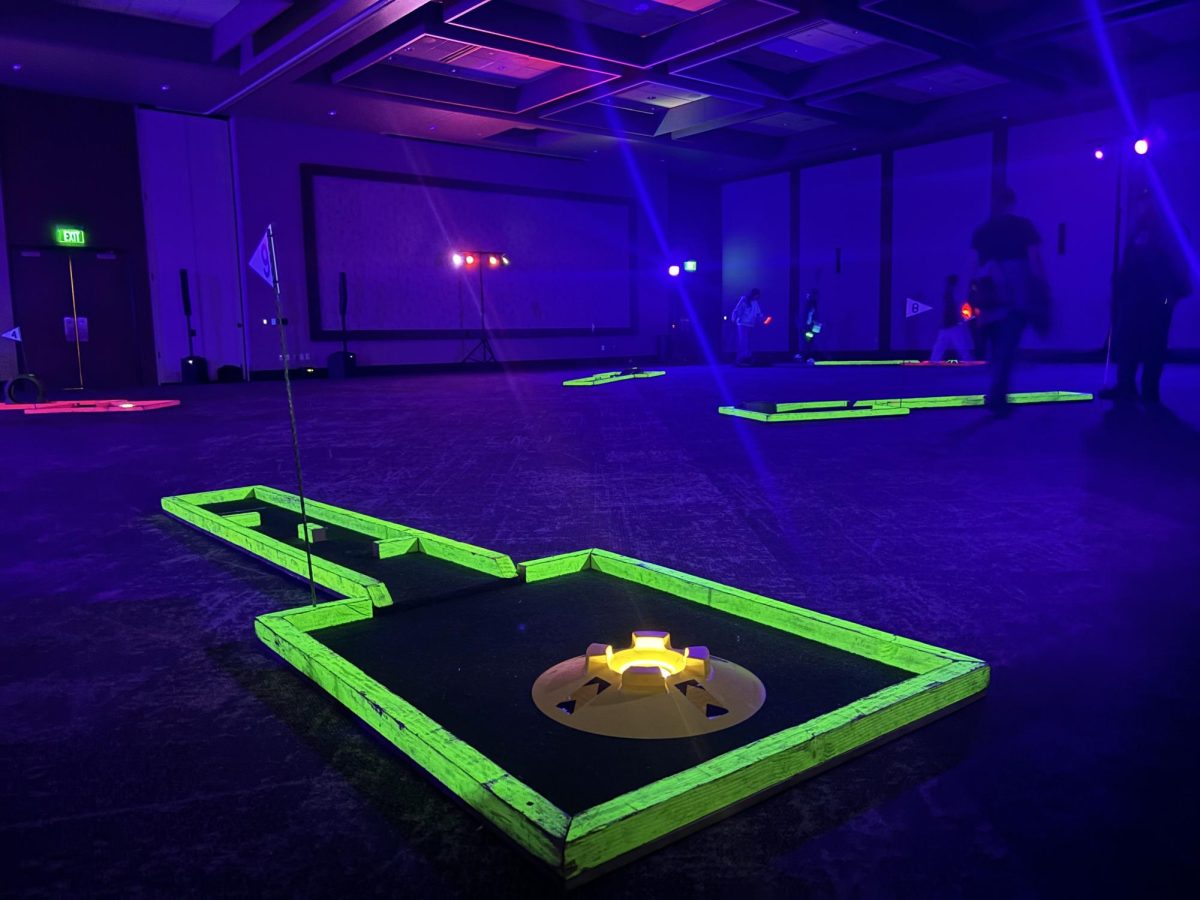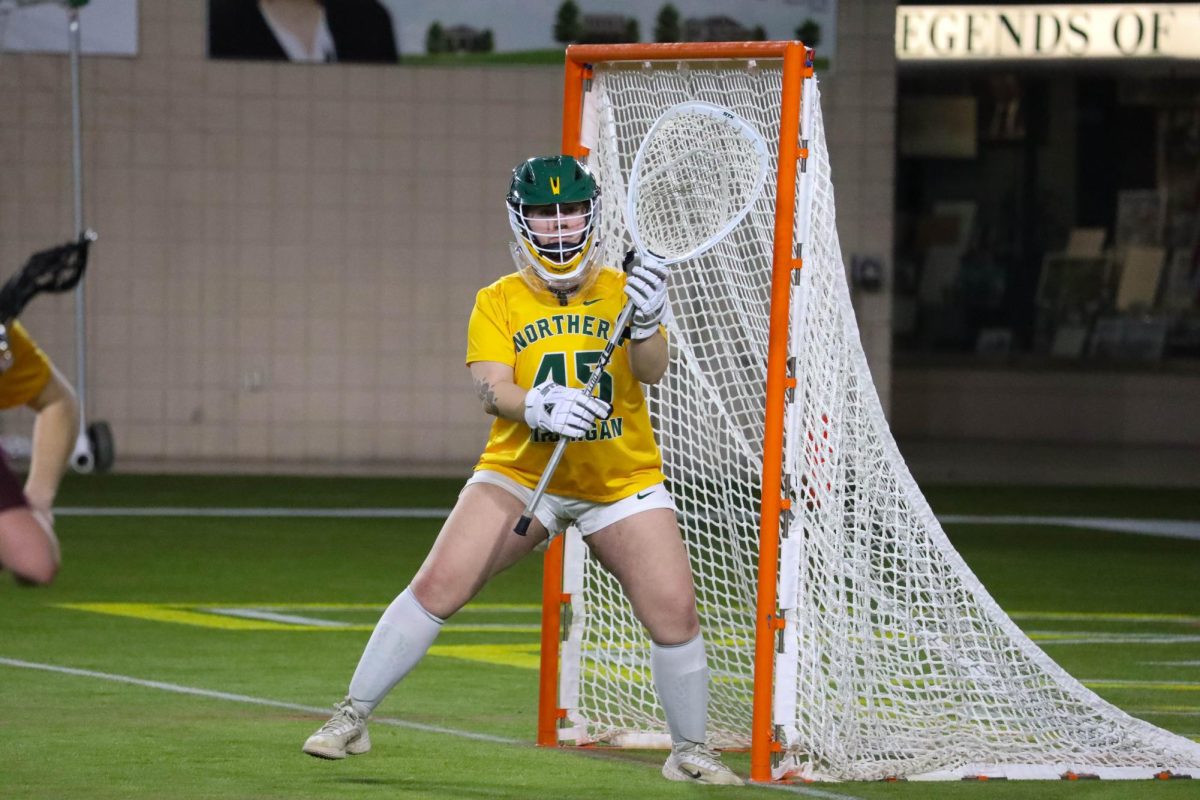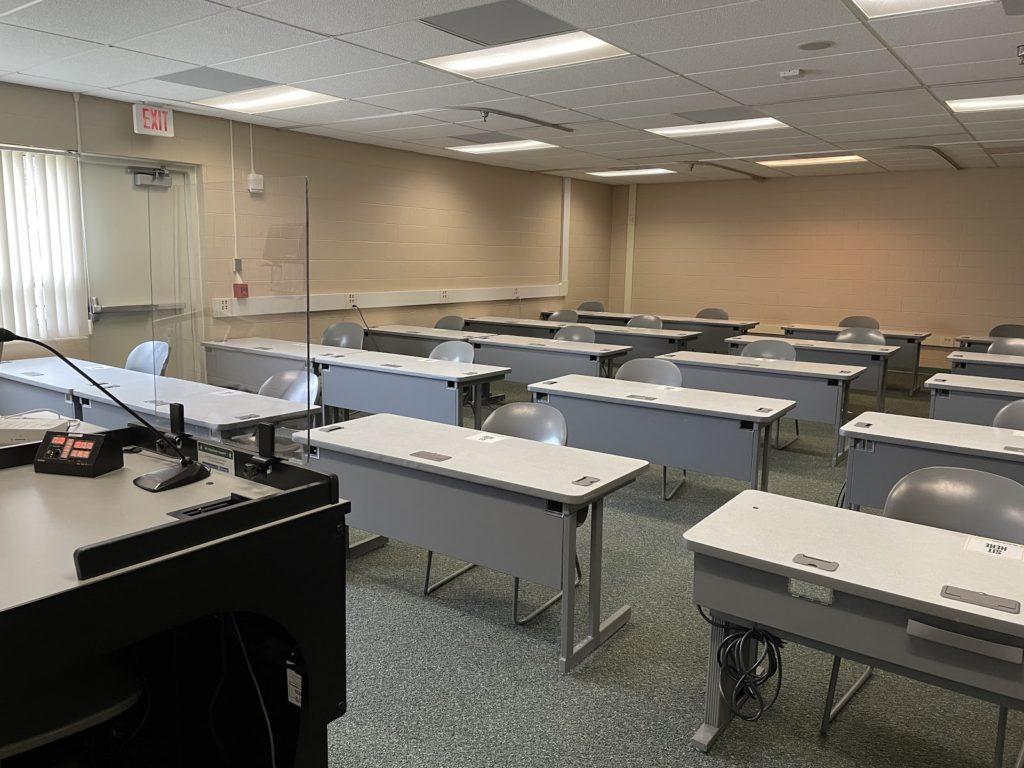Since around this time last year, I have not been a full-time student on campus. I am enrolled full-time, taking 16 credits currently and I only meet for two courses in person on Tuesday. This is not the case for all majors. A few friends of mine meet for in-person classes a few times a week and others are urged by their professors to meet in person for every one of their courses sometimes twice a week.
Things have not gone back to the way they were before the pandemic began, yet some students feel they must attend class on campus every day of the week. One solution to this was the installation of Plexiglas in the classrooms before students were welcomed back to campus in the fall. But I’ve noticed one flaw to this “solution.” Many university classrooms don’t actually have Plexiglas for all the students as advertised.
In an article published by Northern Today in July 2020 about reconfigured classroom safety, Jim Thams, director of facilities and campus planning, discusses the adjustments made. He begins by explaining the reduced capacity of rooms. Then he goes on to discuss the seating arrangements, describing the Plexiglas in front of each student in lecture-style rooms in Jamrich Hall.
What about all the other buildings on campus? I did a little campus tour of my own and found that Whitman, McClintock, Thomas Fine Arts, Gries, the Art and Design Building, West Science, Weston, essentially every building besides Jamrich does not have Plexiglas in front of students. Instead, there is a single sheet of Plexiglas in front of the professor’s desk.
I believe professors should have the ability to roam free throughout the front of the room, and many of mine move to write on the board. So for much of the class, the single piece of Plexiglas in front of the podium isn’t even being used.
My qualm with all of this is that NMU has advertised many of the classrooms in Jamrich Hall with Plexiglas in front of each student’s seat while all the other buildings are not that way. Sure, lecture halls hold more students even at 50% capacity, but some of the smaller lecture halls still have a capacity of 18-20 people, and they have few safety measures.
It’s hard to say if students are contracting COVID-19 during on-campus lectures, but the issue I see here is the lack of transparency. It’s as though students, prospective students and community members are being tricked into thinking NMU is taking all these precautions that they actually aren’t.
The Northern Today article explains how collaborative labs will work through the difficulty of COVID-19 safety with proper personal protection equipment. When I walked through labs on Weston Hall, however, I saw no Plexiglas, not even by a professor’s desk, just social distancing efforts. Also, many Art and Design classrooms have no Plexiglas.
Do university officials believe that Plexiglas helps? If the answer is yes, then why is it only really present in Jamrich Hall where all the advertising and marketing photos are staged? Or was it all a waste of money?
I am all for making in-person learning safe and accessible to improve students’ education and well-being, but all I see with these Plexiglas installations is a way to coax students and community members into thinking classroom gatherings are safer, and a waste of money.
Editor’s Note: The North Wind is committed to offering a free and open public forum of ideas, publishing a wide range of viewpoints to accurately represent the NMU student body. This is a staff column, written by an employee of the North Wind. As such, it expresses the personal opinions of the individual writer, and does not necessarily reflect the position of the North Wind Editorial Board.





